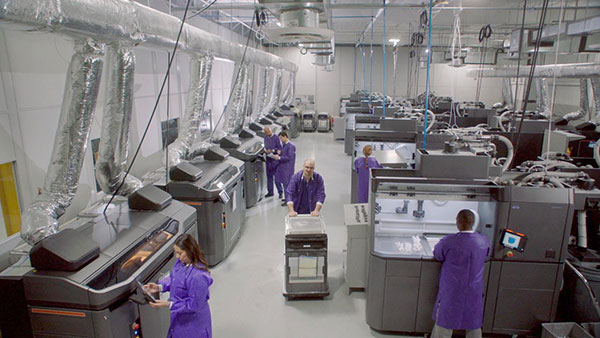
HP and SmileDirectClub collaborate on the largest Multi Jet Fusion 3D production factory in the U.S.
Latest News
February 18, 2022
Laptop computers have been anathema to sustainable design. Many of their electronic components are potentially toxic to a landfill. Plastics and composite materials are not biodegradable and not always recycled. Their materials don’t last forever and require replacement. Such design features are negatives when considering sustainable design.
Dell’s Concept Luna stands to change all of these negatives and incorporates many design factors that add up to a more sustainable laptop. This system is designed to last longer with easy repairs and well-designed systems that avoid too many new components required to be replaced.
A keyboard may be repaired easily without a screwdriver and the laptop requires fewer screws overall. The computer’s user won’t have to worry about or procure a new fan if the original goes bad, because there is no cooling fan. The laptop has a smaller motherboard on top of the computer where it’s cooler and requires no fan. The laptop’s chassis is easily repaired and restored, avoiding the disposal of worn and broke components that wind up in a landfill.
The Concept Luna is symbolic of the effort by many different companies, designers, academics and all stakeholders along the engineering design supply chain who seek new and effective ways to design products, systems, clothing, buildings and everything imaginable to be more sustainable. New digital tools and software aid their efforts.
The New Paradigm of Sustainability
“Greater focus is being placed on sustainability goals nowadays,” says David Lincoln, global design lead for ABB Measurement and Analytics. “Over the past 10-plus years, and in many countries, government incentives—including tax relief programs and grants—were implemented to enable companies to invest in technologies that reduce energy use.”
Lincoln cites an example in the U.K., where there has been a push to implement technologies such as variable-speed drives to reduce energy consumption from motors and pumps.
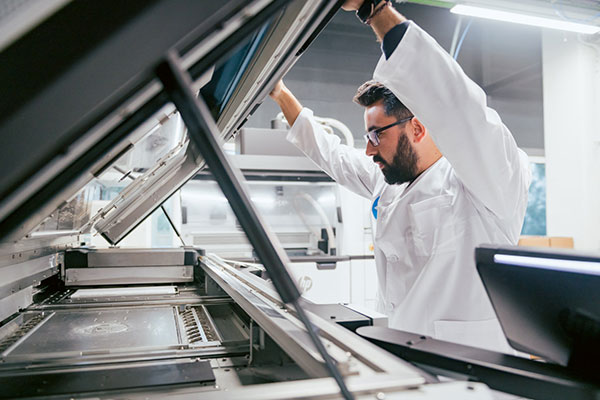
He adds that sustainability goals are often closely aligned with energy reduction, which in turn results in financial gains for operators.
“It makes great business sense to consider sustainability from an engineering design perspective, but also it is clear that measuring and understanding the current sustainability credentials of an organization is key,” says Lincoln. “Utilizing a data analytics sustainability reporting platform enables connectivity between plant equipment and utilities to establish a benchmark that can be used to set future sustainability goals.”
Additionally, Lincoln says digital twin technology use can enable better modeling of plant performance, increasing the ability to meet sustainability goals.
David Pring-Mill is the founder and chief analyst of Policy2050.com, an organization that performs market research and management consulting reports about the use of new technologies. He says that consumers are more attuned to the sustainability impact of their purchases, and can more easily access this type of information relevant to specific companies. This also affects how and why companies implement some of these sustainable design practices.
“As brands pursue direct-to-consumer (D2C) adaptations in the face of brick-and-mortar retail disruptions, they are also assuming more responsibility over the sustainability implications of their packaging and the efficacy, or absence, of recycling programs,” says Pring-Mill. “At multiple points during the pandemic, panic buying created scarcities in personal care categories, which ultimately led to increased adoption of D2C and subscribe-and-save options. Consumers who are transacting digitally are better positioned to conduct research digitally, which means they might discover how seemingly minor product attributes can produce significant impacts at scale.”
Data and exploratory tools are at the core of sustainable design.
“The output and clarity of data allows engineers to clearly demonstrate to an owner the potential embodied carbon impact of their project, as well as the opportunity for reductions,” says Stacy Smedley, executive director of Building Transparency. “Tools that enable free and open access to data and promote transparency, are critical to leveling the playing field for access and use, working toward harmonization of methodologies and creating a digital ecosystem of data and tools that can leverage each other’s data to limit duplication and inefficiencies. When it comes to climate-related tools, we need to align and work together wherever possible.”
Creating New Frontiers
Additive manufacturing is a new, opportunistic frontier for many things; it is a boon for sustainable engineering design.
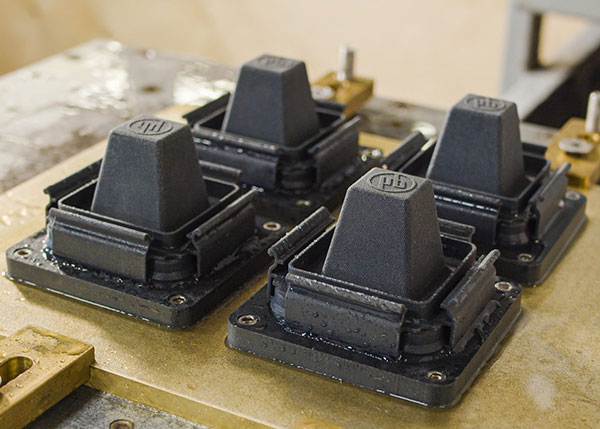
Guayente Sanmartin is the global head and general manager of HP 3D Multi Jet Fusion Business in Sant Cugat del Vallès, Catalonia, Spain.
“Digital manufacturing and 3D printing have helped businesses take a ginormous leap forward in redefining priorities with sustainability top of mind by transforming the way they make, deliver and use products,” Sanmartin says. “In fact, 50% of global digital manufacturing and 3D printing decision makers surveyed in HP’s Digital Manufacturing Trends report believe 3D printing can reduce waste and promote a circular economy by minimizing the number of materials used.”
Sanmartin says the automotive sector is a great example of the sustainable designs available via 3D printing.
“Earlier [in 2021] HP announced a partnership with Ford where we recycled the leftover customized, 3D-printed molds created for SmileDirectClub and turned them into pellets for auto parts, simultaneously keeping materials out of landfills for longer and enabling a circular economy,” Sanmartin explains.
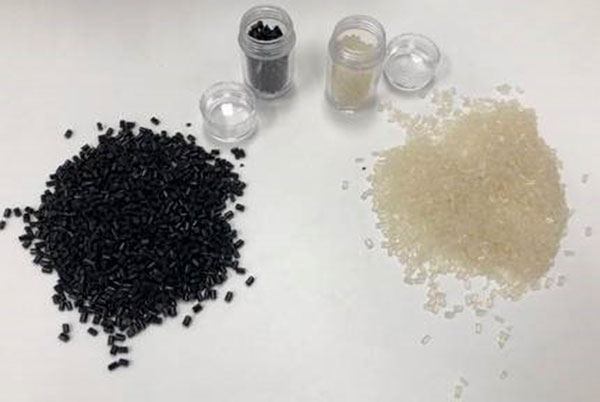
Ford and HP join forces in an industry-first program that transforms spent 3D printed powder pellets from HP’s Jet Fusion 5200 Series into injection molded parts that help power the Ford F-250 Super Duty.
She also explains the technology is helping keep cars on the road longer through Nissan’s Heritage Parts program.
“3D printing is helping Nissan store the specificities and designs of select replacement parts digitally so that printing on a one-off basis can be achieved much more economically and efficiently—a huge benefit for car enthusiasts and collectors who often run into trouble finding replacement parts for old or discontinued models,” Sanmartin says. “All of this contributes to a more sustainable future, with the storage footprint minimized and fewer products going to waste.”
“The world is seeing some sensible approaches to engineering design being implemented—such as water purification and sanitation—but generally, engineering education and practicing engineers are not achieving sustainability goals,” says Professor Robert Krueger, director of WPI’s Institute of Science and Technology for Development in Worcester, MA, and Accra, Ghana.
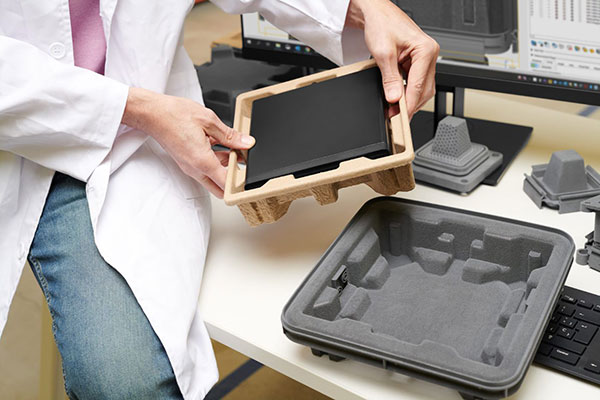
In 2020, HP eliminated 2,997 tonnes of hard-to-recycle expanded plastic foam from product packaging by shipping more than 24 million units in molded fiber packaging, like this example made for HP’s Desktop Mini.
“Often that’s because while they work to make one aspect of the supply chain less toxic, another mess is inadvertently created,” he says.
For example, once e-waste gets recycled in the U.S., it is put into containers and shipped around the world.
“It’s a complicated cycle, and it requires greater awareness of—and concern for—the potential impact of every aspect of the design cycle and/or supply chain on the people most directly involved and implicated,” Krueger says.
Putting Digital Tools to Work
Brian Bronson is the president of Americas and APAC for Capgemini Engineering. He says that digital tools and data help compute things that influence designs and more sustainable materials.
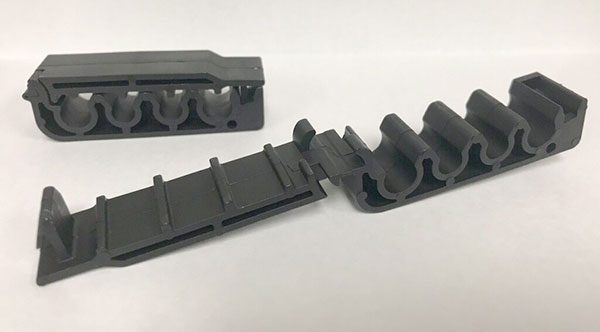
“A software- and data-driven world create tremendous software complexity and therefore computing consumption,” says Bronson. “That dynamic creates power consumption and cooling needs for the hardware that supports this need and ambition. The raw materials and supply chain to support a software-centric world also create sustainability challenges—as do the manufacturing and maintenance of batteries.
Additionally, communications networks and data centers in general consume great amounts of electricity to run and cool. Though notable advances have been accomplished over the past decade to miniaturize and improve power efficiency, there is more work to be done.
More Dell Coverage

More Hewlett Packard Coverage
Subscribe to our FREE magazine, FREE email newsletters or both!
Latest News
About the Author
Jim Romeo is a freelance writer based in Chesapeake, VA. Send e-mail about this article to [email protected].
Follow DE






